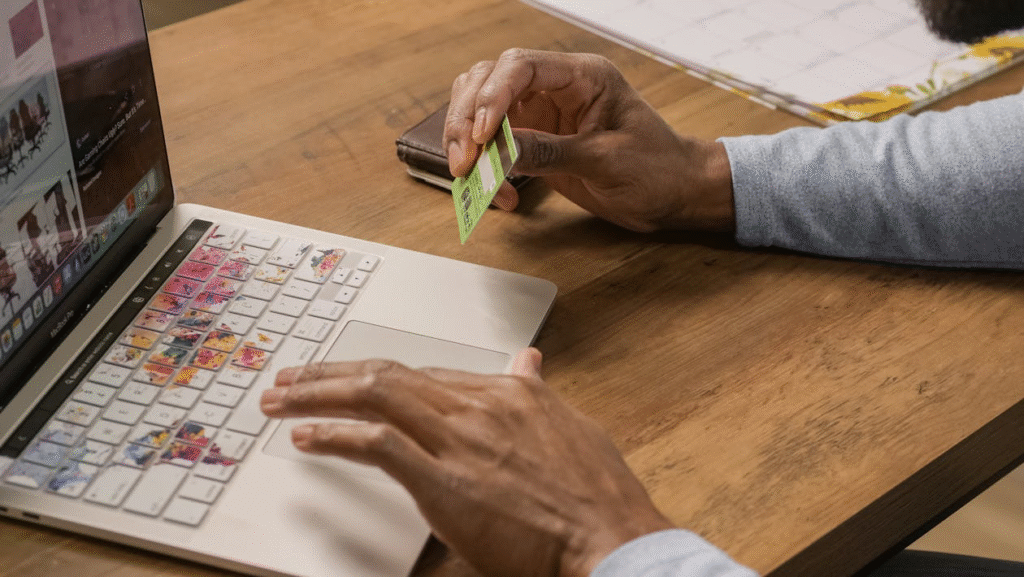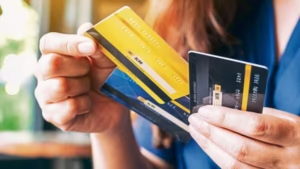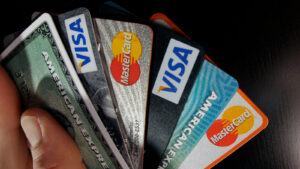Secured and unsecured credit cards: what are the differences and advantages?
Learn the differences between secured and unsecured credit cards and find out which one is right for your financial journey. Explore!
Features of secured and unsecured credit cards

So you’re thinking about getting a credit card, or maybe you’ve been told it’s time to build your credit. You head online or walk into a bank and boom, terms like “secured” and “unsecured” credit cards start flying around. And if you’re like most of us, your first thought is probably, Wait, aren’t all credit cards kinda the same?
Well, not exactly. And that’s totally okay if you didn’t know, because credit cards can feel a little like learning a new language at first. But don’t worry, I’ve got your back.
We’re going to break this down in real talk, no jargon, no robotic explanations. Just the real deal on what these two types of cards are all about and how they can help your financial game.
What Are Secured and Unsecured Credit Cards?
A secured card is basically your first step into the world of credit. It requires a security deposit, usually equal to your credit limit, that works as a kind of “guarantee” for the bank.
On the other hand, an unsecured card is the more traditional type that most people use daily and doesn’t require an upfront deposit.
Both work pretty much the same way when it comes to usage: you swipe the card, pay the bill, and if you do that responsibly, your credit score tends to go up. But the way you get these cards and the benefits they offer are quite different and that’s exactly what we’re going to talk about next.
Differences Between Secured and Unsecured Credit Cards
The main difference lies in the level of risk the bank is willing to take on you.
With a secured card, since you’re offering a deposit as a guarantee, the bank doesn’t worry too much about your credit history.
That’s why it’s usually recommended for people just starting out financially or for those trying to recover after going through debt issues. It’s like a little “push” for someone who needs a fresh start.
An unsecured card, on the other hand, doesn’t require any money upfront. The bank will look at your credit score, payment history, and income before deciding whether or not to approve you.
And since there’s no deposit as a safety net, these cards usually come with more perks: rewards programs, cashback, travel miles… all that good stuff is part of the deal.
Also, credit limits on unsecured cards tend to be higher—and if you’re a good payer, those limits can grow over time. Meanwhile, secured cards typically have a limit based on the amount you deposited, at least in the beginning.
Main Advantages of Each
Okay, but which one is better for you? That really depends on your current situation and what you’re looking for.
The secured card is perfect for someone who wants to start with a safety net. If you have a short credit history or are coming out of a tough phase (like having bad credit), it might be the key to rebuilding your financial reputation.
Best part? After a few months of responsible use, many banks allow you to upgrade to an unsecured card and refund your deposit.
On the other hand, the unsecured card is great for people who already have a bit more financial control and want more freedom.
It usually offers better benefits, lower fees, and can come with cool rewards like discounts, cashback, and access to airline miles programs. But heads up: since there’s no backup guarantee for the bank, it does require more discipline. If you miss a payment? High interest rates and score impacts can show up fast.
At the End of the Day, It’s About Your Goals
If you want to build credit from scratch or recover financially, go with a secured card. It’s simple, accessible, and super effective for starting out. Now, if you already have a decent score, stable income, and want to enjoy more perks, an unsecured card is a solid option.
The important thing to understand is that there’s no wrong choice only the smartest choice for your moment. And the best part: either of these cards, when used correctly, will help you climb some very important steps on your financial journey.






